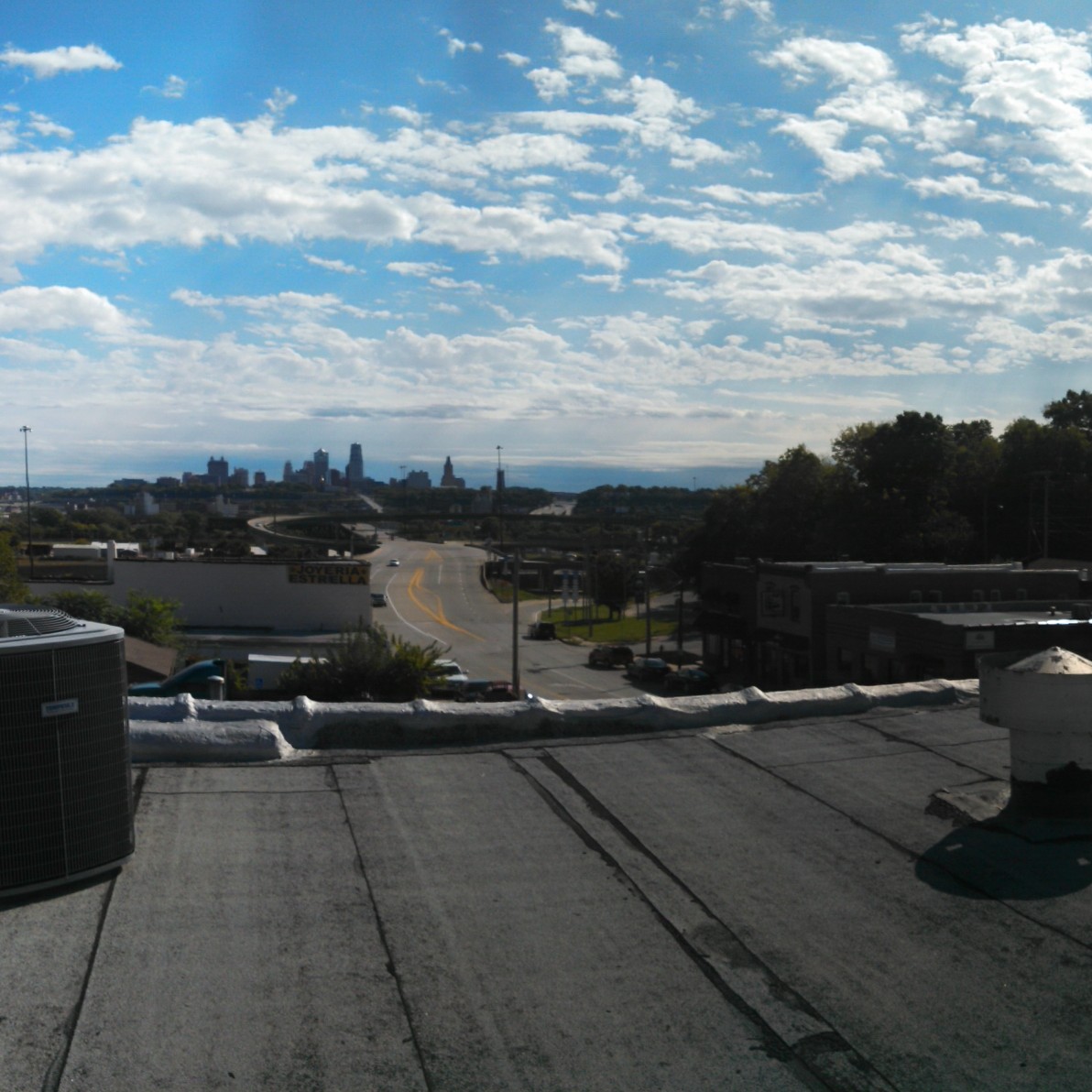This week our class was prompted to relate three built projects in the world to the Citizen Designer, an article by Steven Heller and Veronique Vienne.
I chose to illustrate the principles via 3 different design industries:
1. Product Design
2. Music Industry
3. Architecture
Article Take-Away
Citizen Designer calls attention to the premise of design as citizenship and the evolution of society to approach design as a “professional”. This is an interesting observation to me, because I feel like I see this tendency a lot in the university setting. The university and “having a degree” and everything is very often (more often than not most likely) attributed to the prosperity of “self interest” in the modern psyche. Luckily as arch or design students we are forced to take ecological concerns into account all the time, but I still feel we are pushed to consider and react to things professionally and without personal outlook sometimes. Simultaneously, this ability needs to be in-check of course, this is why I like the idea of the Bauhaus notion of “Objective Rationalism”, and especially the non-biased Cranbrook critique experiment from Pg. 8 . I think an important part to this article is to visualize this human tendency as almost as some kind of super power that enables awesome design, but must be identified / contained / and controlled to be a rational and logical designer at all times. (I believe I am paralleling Marvel’s Human Torch at this point)
AB ROLLER- INFOMERCIAL PRODUCTS
1. One example of obvious failed design is a lot of cheap products that could be found on late night infomercials. I haven’t come up with a great catchy word for it yet but it’s something like- once removed…secondary stage… product design. Where as primary stage would be the initial design that already works and the second design is based off. As a society we have developed an attraction to products and inventions that simplify everyday processes- but this cycle has gotten out of control with some of these cheap infomercial products. There are all kinds of examples of this but just for the sake of naming one everyone can recognize , let’s go with the “Ab Roller”. This product is a completely unnecessary “secondary stage” design as we have already found methods of exercising that are scientifically proven to keep you in shape, but we as a society get a thrill out of seeing these “too-good-to-be-true” inventions that claim to simplify a process that we are too lazy to do the right way- when really they are only unnecessary and can be identified as the Citizen Designer’s notion of “wasteful design” – operating of a business scheme mentality.
ARTURIA MINIBRUTE ANALOG SYNTHESIZER
2. On another level, in the music industry- products have been tailored so much to match the digital age of music production, relying on 100% on digital electrical signals (1’s and 0’s) rather than actual electrical current responsible for variations in sound . This is why I, as a somewhat self-proclaimed musician, am excited to see a new wave of analog synthesizers coming out. Such as the “Arturia Minibrute”.
http://www.arturia.com/evolution/en/products/minibrute/intro.html
This product engages a few aspects mentioned in the Citizen Designer. Namely, the necessity to connect product design with something threaded deeper in society than “business success”. In the Minibrute’s case, this is the late struggle of digital/analog in the music industry.

The Minubrute takes some interesting approaches to these confrontations. Placing lots of emphasis on physical attributes- such as perfecting the feel and action of knobs and faders on the interface. This might sound arbitrary, but think about if you’re playing live music and your volume knob slips out of control and you fry some speakers or something. Not good. Also its a simple matter of putting comfortable control back into the users hands. They also put a lot of attention into the feel of the keys. This is what makes the design successful in the 2nd wave of analog instruments.

3. I wanted to pick something of a larger scale for my last example. I remember seeing this video for a disposable coffee cup-inspired disaster shelter. It approaches ecological design as a societal responsibility in a multitude of ways.
Awesome Video: http://vimeo.com/89316055
The structure is an insulated rigid structure known as the “Exo” Here are some design details:
80 square feet
sleeps 4 adults
climate controlled
digital door locks
remote monitored temp. and fire detection
under 400 lbs

It is designed specifically for economic efficiency, ease of transport , and ease of installation (can be moved by 4 people and set up in two minutes without tools)
This approach to design can be adapted my many different fields- that is, taking a cultural need and basing design around it.
Comment from Classmate:
“1. Totally agree with this. Why people spend good amounts of time making these things blows my mind. I love infomercials just because they are so outrageous. I have never seen anything about the Exo before, but I love this idea. I love the fact that the idea came from to go coffee cups. It really makes so much sense though. If only we could take the people wasting their time making info-crap and put them to use making cool stuff like this. Or possibly if this idea got translated into dealing with slums or something? Theres a whole other level of problems there, but I could see it somehow translating.” -Chloe
Chloe and I share this vision of an application to different sectors besides disaster relief. There is a lot of territory to explore in applying this type of citizen design to low-income areas, or even correcting unsustainable practices of urban sprawl or high density living.
